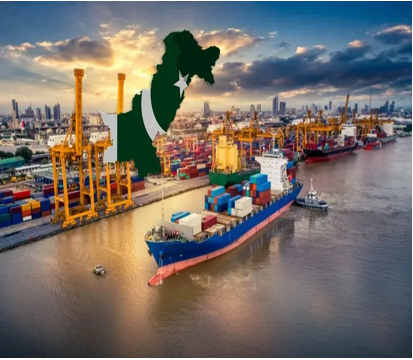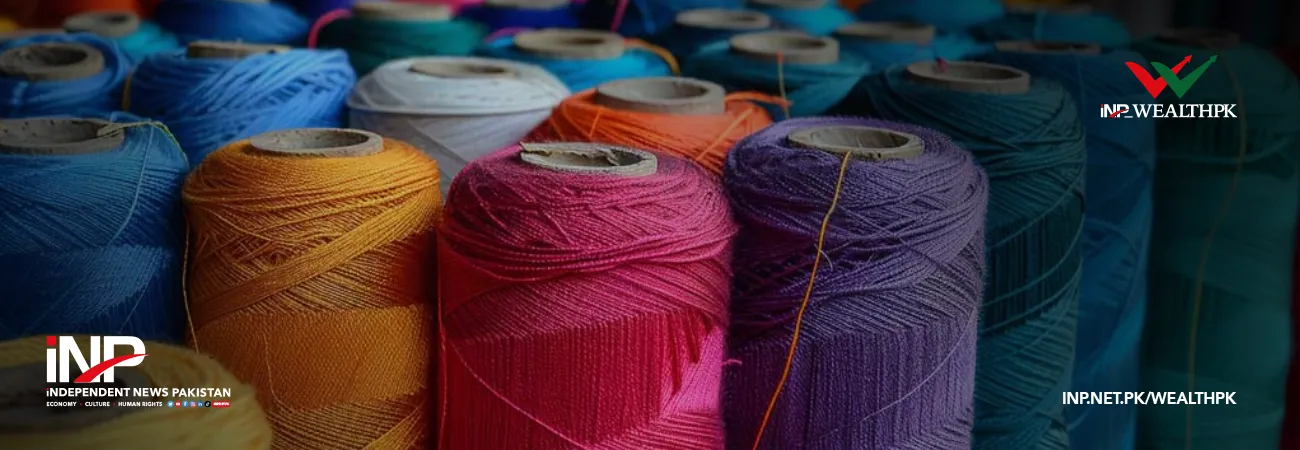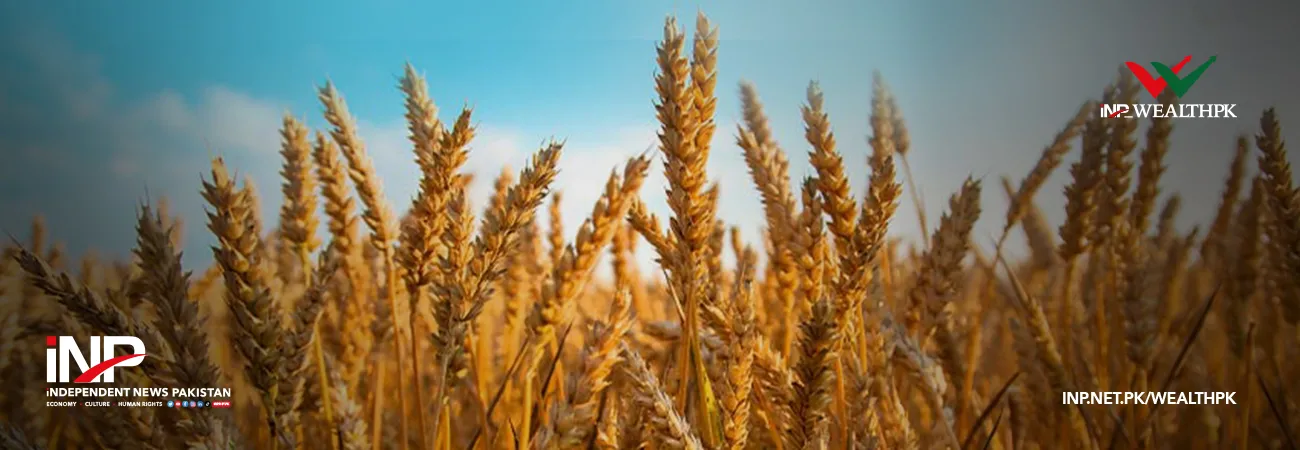INP-WealthPk
Moaaz Manzoor
The US market offers Pakistan a sizable share of India’s $5.9 billion cotton apparel and home textiles market after Washington imposed steep new tariffs on Indian imports, said industry stakeholders, while talking with WealthPK.

Muhammad Hasan Shafqaat, Chief Executive Officer (CEO) of Pakistan Textile Council, said securing orders in international markets depends on quality, certifications and price, noting that the government can directly help with the last two factors by ensuring regionally competitive energy prices, tax rates, interest rates, and financing. This should not be in the form of subsidies but through structural competitiveness, he stressed.
Shafqaat warned that without urgent solutions to the high energy costs, crippling taxation, and policy uncertainty, Pakistan’s exporters may be unable to fully benefit from the shifting trade dynamics. “The US market will not wait for us to fix things slowly,” he said, urging quick government-industry coordination and proactive engagement with Washington, including pursuing a Preferential Trade Agreement (PTA).
A recent report by Adam Securities highlights the importance of the US to Pakistan, with exports worth $29.55 billion over the past five years, driven largely by the value-added textile products such as linen, ready-made suits for men and boys, and home furnishings. The report also notes that Pakistan has consistently maintained a trade surplus with the US, averaging $285 million monthly over the period. However, the sector’s profitability has declined.
Despite an 11% year-on-year rise in exports in FY25, textile gross margins have declined from an industry average of 17% to around 14% over the past six years. The report attributes it to the gas and electricity tariffs among the highest in the region, with gas at $8.1–12.3 per MMBtu and electricity at $0.16/kWh.
Talking with WealthPK, Adam Securities’ head of research, Muhammad Saeed Khalid Siddiqui, argued that reducing the production costs, rather than relying on currency depreciation, is key to restoring competitiveness. Meanwhile, Shafqat said even capturing 10–15% of India’s potential lost share could bring Pakistan an additional $500–750 million annually, but only if manufacturers can match Indian prices “within a few percentage points.”
The US tariff shift offers Pakistan’s exporters a significant opportunity to expand their footprint in a lucrative market. Swift reforms to lower production costs and ensure policy stability could turn this moment into a sustained advantage, helping Pakistan position itself as a reliable and competitive supplier in global value-added textiles.
Credit: INP-WealthPk













